

Global high-mix volume high-speed PCBA manufacturer
9:00 -18:00, Mon. - Fri. (GMT+8)
9:00 -12:00, Sat. (GMT+8)
(Except Chinese public holidays)


Global high-mix volume high-speed PCBA manufacturer
9:00 -18:00, Mon. - Fri. (GMT+8)
9:00 -12:00, Sat. (GMT+8)
(Except Chinese public holidays)
HomePage > Blog > Knowledge Base > PCB Controller: A Comprehensive Guide
The PCB controller is an indispensable core component of most intelligent devices in the electronics industry. Whether it is household appliances, industrial automation equipment, or game consoles, they all rely on the support of controller PCBs behind them. A well-designed controller circuit board can ensure efficient communication among various parts of the system, precise data processing and stable operation of the equipment. From basic controller ICs to advanced control processor chips, different types of controller circuit boards are widely used in various scenarios.
In this article, we will comprehensively guide you into the world of PCB controllers. We will introduce what a controller PCB is, the main types of controller boards, core functions, important design tips, and how to choose the appropriate solution.
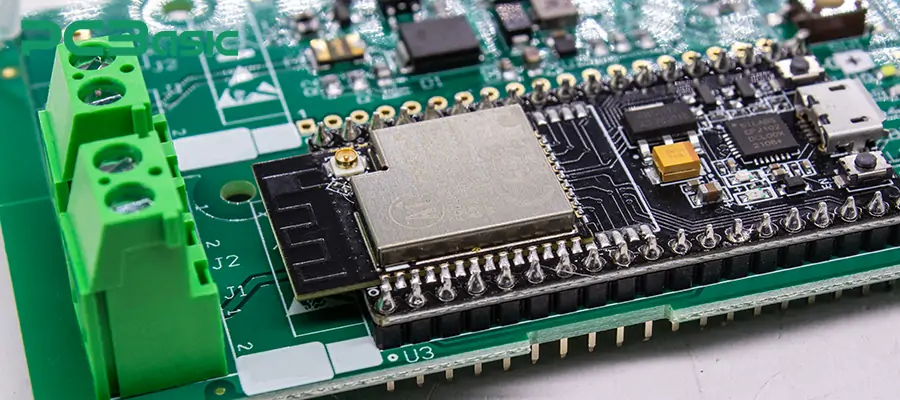
A PCB controller is a key component installed on a printed circuit board (PCB), used to manage and coordinate the various functions of electronic systems. As shown in the picture:
The PCB controller is like the "brain" of the device, responsible for processing data and making decisions based on input signals. It can be a single chip, such as a microcontroller or a control processor. It can also be a group of integrated circuits that work together to complete the task. The main job of a PCB controller is to interpret instructions, control the flow of electrical signals, and ensure that all other components on the PCB can work together smoothly. For instance, the controller in a smartphone is responsible for managing the communication among the display screen, battery, sensors and wireless chips.
PCB controllers come in various forms, including microcontroller units (MCUS), FPGAs, ASICs, and digital signal processors (DSPs), etc. Each type will be selected based on the specific requirements of the application. Next, we will introduce the main types of PCB controllers.
Different types of controller PCBs are suitable for different functions and applications. The following are several main types of PCB controllers we have listed.
The controller board based on microcontrollers (MCUs) is the most common type of PCB controller. Microcontrollers are low-power integrated circuits used to execute instructions and control various systems. They are commonly found in household appliances, industrial equipment and consumer electronics.
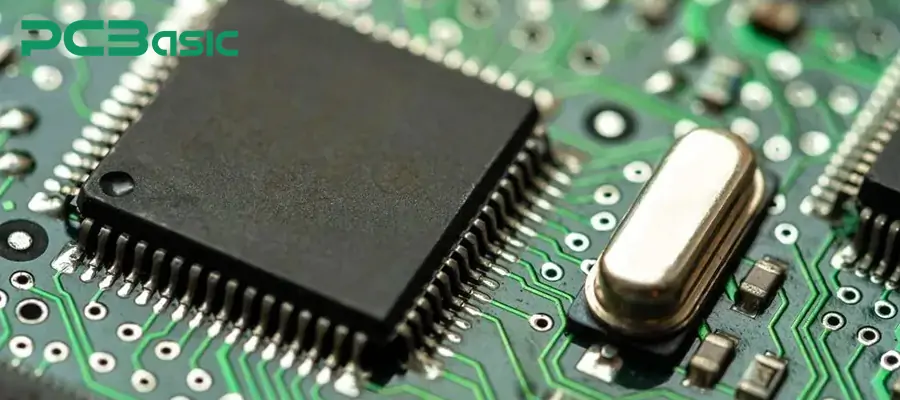
Control processor: The MCU is the core of the control circuit board and is responsible for performing tasks.
Versatility: It can manage input and output operations, data processing and communication protocols.
Application: Commonly used in game controller PCBs, smart home appliances, medical equipment, etc.
FPGAs are often used in scenarios that require high performance and flexibility. FPGA can be reprogrammed after manufacturing to perform specific functions. This enables the control PCB to be flexibly adjusted to meet different demands, especially performing well in applications that require rapid processing or parallel computing. (Learn more about FPGA)

Custom logic: The control IC can be designed with specific logic as needed.
High-speed processing: Suitable for real-time processing, image processing and communication tasks.
Application: Commonly found in telecommunications, digital signal processing, and high-performance gaming systems (such as game controller PCBs).
An ASIC is an integrated circuit designed for a specific application. This type of controller circuit board is optimized for both performance and efficiency, and can provide the best solution for specific tasks. Unlike MCUS and FPGAs, the functions of ASIC control boards cannot be modified. They are usually designed once and used for a long time. (Learn more about ASIC)
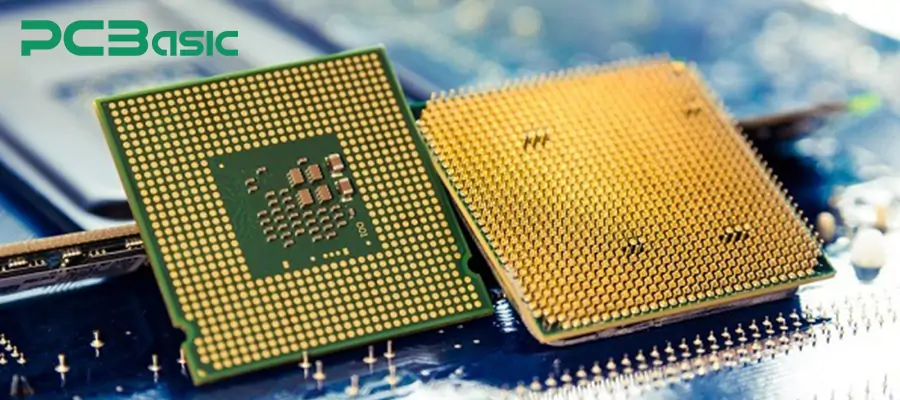
Customized design: The control circuit board integrates a control IC designed for a single task.
Efficiency: Offers lower power consumption and higher speed, suitable for mass production.
Application: Commonly used in smartphones, game consoles and embedded systems.
A DSP controller is a type of processor specifically designed for processing high-speed digital signals. It is widely used in devices that require real-time signal processing. DSP controlled PCBs have the capability of high-speed computing and can efficiently process large data streams such as audio, video, and images.
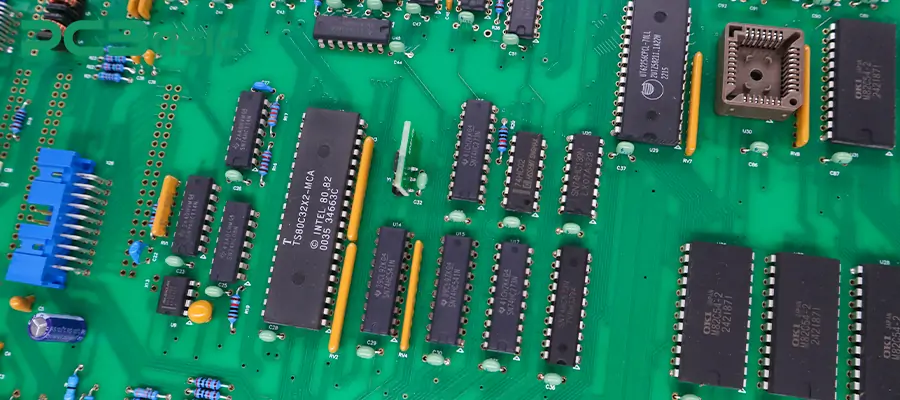
Real-time processing: Capable of handling complex mathematical operations at an extremely fast speed.
Specialized task: Specifically designed to perform digital signal processing tasks.
Application fields: Widely used in multimedia equipment, medical imaging equipment, and wireless communication systems.
In addition to the above four most common types of PCB controllers, there are also controller IC modules, game controller PCBs, motor control PCBs, etc. No matter which type it is, each type of control circuit board can provide an efficient control solution according to specific requirements.
PCB controllers usually play a crucial role in enhancing the performance, speed and flexibility of equipment.
The main function of a PCB controller is to process input data and convert it into instructions that other components can execute. It is also responsible for managing the flow of electrical signals to ensure effective communication among sensors, actuators and processors.
And according to the predetermined conditions, the controller will perform specific tasks. For instance, in medical equipment, it is what coordinates the data from sensors and controls the operation of heart monitors. In addition, the PCB controller will also balance the workload by adjusting the power distribution and optimize the equipment performance based on environmental conditions.
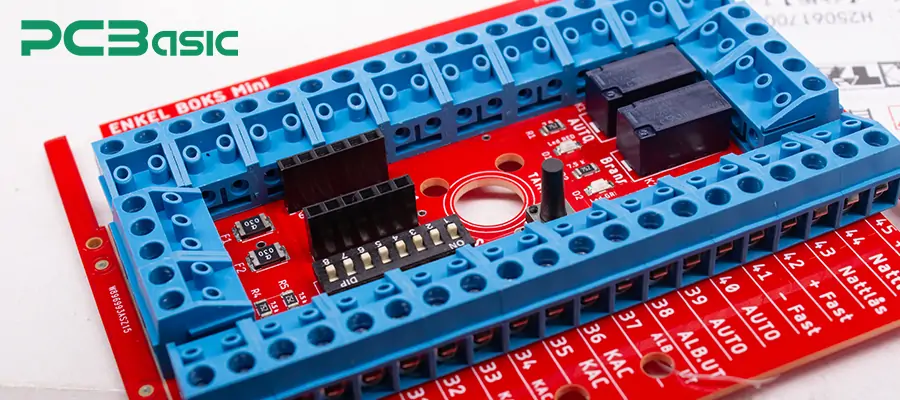
As the "core" of the equipment, the PCB controller can ensure the system operates efficiently and without interruption. It manages the coordination among system components, enabling devices to perform multiple tasks simultaneously. On this basis, by integrating the control PCB, it can also simplify and unify complex tasks that originally required multiple independent components to perform. Simplifying the design not only enhances the operational efficiency of the equipment but also improves its compactness and reliability.
Furthermore, using control ICs and microcontrollers as controllers on the PCB can significantly reduce the overall cost of the equipment. The high adaptability of the control PCB also enables it to meet various application requirements.
An efficient and reliable electronic system cannot do without a good PCB controller design. Before designing the PCB controller, we must first clarify the system requirements. This step requires us to understand details including input signals, output actions, power supply requirements and communication protocols. With this information, we can decide whether to choose a simple control IC or a more powerful control processor.
Once the requirements are clear, we can choose the appropriate components. For relatively simple systems, a microcontroller (MCU) is usually sufficient. However, for systems that require high-performance signal processing, more specialized components such as ASICs or FPGAs may be needed.
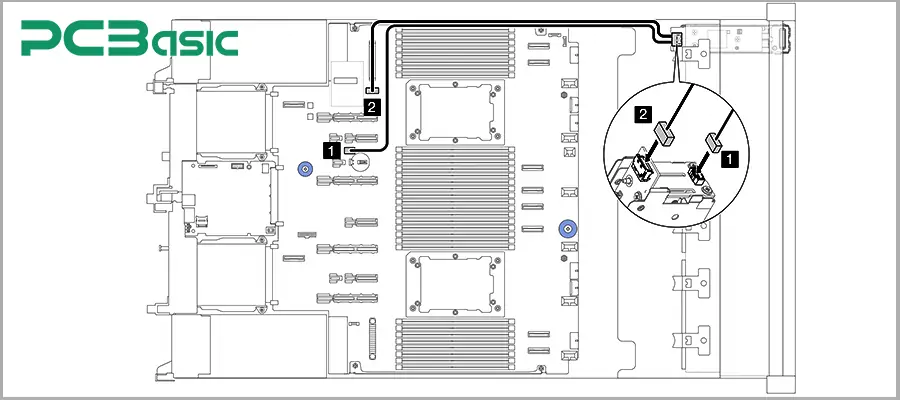
After the component selection is completed, the next step is to design the schematic diagram. The design schematic will show how each component is connected and determine the flow path of the signal on the control PCB. At this stage, we need to plan the power distribution, input and output paths, as well as data communication lines to ensure effective connections among all parts. Then, based on the schematic diagram, start designing the PCB layout. To ensure that the wiring is simple and reasonable, which can effectively reduce noise and interference.
If the PCB is designed for a game controller, special attention should be paid to the wiring method to reduce electromagnetic interference (EMI). After the layout is completed, the component layout can be carried out. We need to rationally arrange key components, such as control processors and control ICs. Only in this way can signal interference be reduced and system performance be optimized. At the same time, good airflow and heat dissipation design should be taken into account to prevent the sensitive components from overheating.
After the design is completed, testing and debugging are still required. A good control PCB design should facilitate testing and debugging during the production process. Finally, after testing and debugging, it is ready to enter the production stage. Before mass production, prototyping and simulation are essential steps. If the simulation is successful, it can enter the production stage to make the final version of the control PCB.
At this point, the design of the PCB controller is completed. Through this series of design and verification steps, it can be ensured that the control PCB not only meets the system requirements but also has stable and reliable performance.
When designing a control PCB, there are several key aspects that must be noted:
|
Considerations |
Description |
|
Power Handling |
The control PCB must handle the power demands of all components. Because select an appropriate voltage regulator and ensure that components can handle the required current without introducing noise. |
|
Signal Integrity |
Signal interference can affect the control board’s performance. Use effective wiring and grounding techniques to minimize noise and ensure signal integrity. |
|
Thermal Management |
Prevent overheating of key components such as control processors and control ICs. Use heat sinks, reasonable component spacing, and potentially hot through holes or dedicated heat dissipation layers to maintain optimal temperature. |
|
Component Layout |
For both compact game controller PCBs and larger industrial control systems, ensure the component layout minimizes signal interference, facilitates wiring, and simplifies assembly. |
|
Compliance with Standards |
Ensure PCB design complies with relevant industry standards like IPC PCB design standards, RoHS (environmental protection), and UL (safety certifications). |
|
Future Upgrades |
When designing the control PCB, consider future upgrade requirements to maintain competitiveness with technological developments and avoid redesign costs in the future. |
By taking these key factors into account during the design process, we can ensure that the control PCB is efficient, reliable and scalable.
A suitable PCB controller is crucial for ensuring the functionality, efficiency and reliability of electronic systems. So, how to choose the right PCB controller? When choosing the appropriate control circuit board, we can consider the following aspects:
1. Specific requirements of the system. Which input and output signals will the controller handle? How much processing power is needed? Does the system need to handle simple tasks or more complex ones?...
2. Consider whether the system requires low-power operation or needs to handle greater power demands.
3. Select appropriate control components based on the complexity of the task:
|
Controller Type |
Applicable Field |
Common Applications |
|
MCU (Microcontroller Unit) |
General control tasks |
Home appliances, consumer electronics, game controller PCB |
|
ASIC (Application-Specific Integrated Circuit) |
High performance, task-specific |
Smartphones, game consoles, other mass-produced devices |
|
FPGA (Field-Programmable Gate Array) |
High flexibility, reprogrammable |
High-performance data processing, signal processing, communication systems |
|
DSP (Digital Signal Processor) |
High-speed digital signal processing |
Multimedia devices, communication systems, medical imaging |
4. Ensure that it can support the communication protocols required by the system. Common communication protocols include I2C, SPI, UART, etc.
5. Select the controller based on the processing capacity requirements of the system. For instance, for relatively simple tasks, choosing a control IC or an MCU is sufficient.
6. Consider its usage environment. For industrial or automotive applications that need to withstand high temperatures, humidity or vibration, it is necessary to choose specially designed control PCBS.
7. Consider the cost and budget carefully.
By taking these factors into account, we can select the most suitable PCB controller based on actual needs, ensuring the efficient and reliable operation of the equipment.
In conclusion, the PCB controller is a key component for managing and coordinating various functions of electronic systems. Whether it is a simple microcontroller unit or an advanced ASIC, each type of controller PCB has its specific application scenarios and advantages. In this article, we introduce the definition, types, key steps of PCB controller design, and how to select the appropriate PCB controller. After reading this article, you will surely have a better understanding of PCB controllers.
Time is money in your projects – and PCBasic gets it. PCBasic is a PCB assembly company that delivers fast, flawless results every time. Our comprehensive PCB assembly services include expert engineering support at every step, ensuring top quality in every board. As a leading PCB assembly manufacturer, we provide a one-stop solution that streamlines your supply chain. Partner with our advanced PCB prototype factory for quick turnarounds and superior results you can trust.
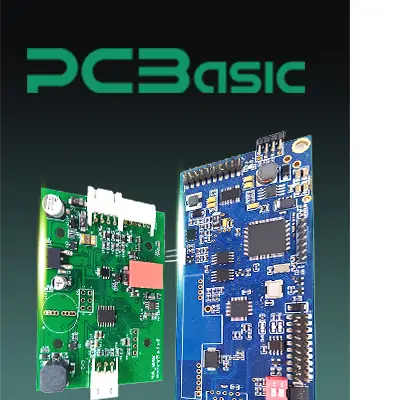 About PCBasic
About PCBasic
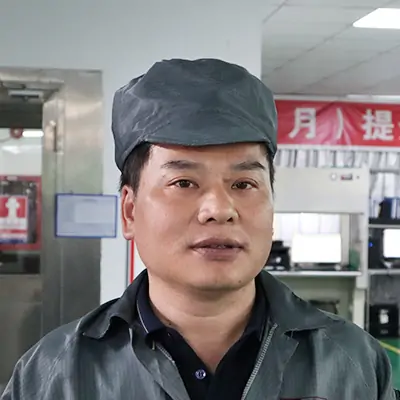
Assembly Enquiry
Instant Quote
Phone contact

+86-755-27218592
In addition, we've prepared a Help Center. We recommend checking it before reaching out, as your question and its answer may already be clearly explained there.
Wechat Support

In addition, we've prepared a Help Center. We recommend checking it before reaching out, as your question and its answer may already be clearly explained there.
WhatsApp Support

In addition, we've prepared a Help Center. We recommend checking it before reaching out, as your question and its answer may already be clearly explained there.
